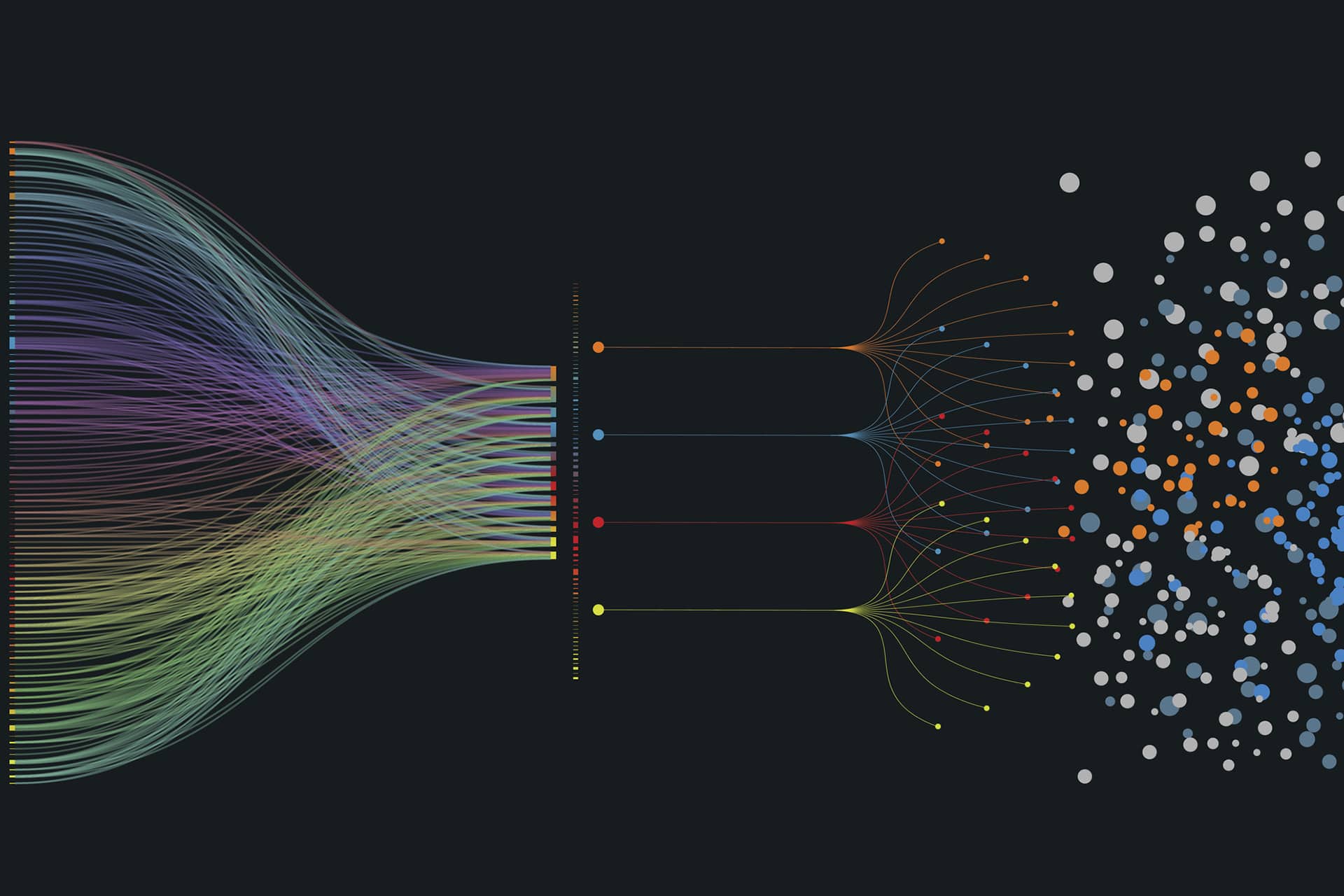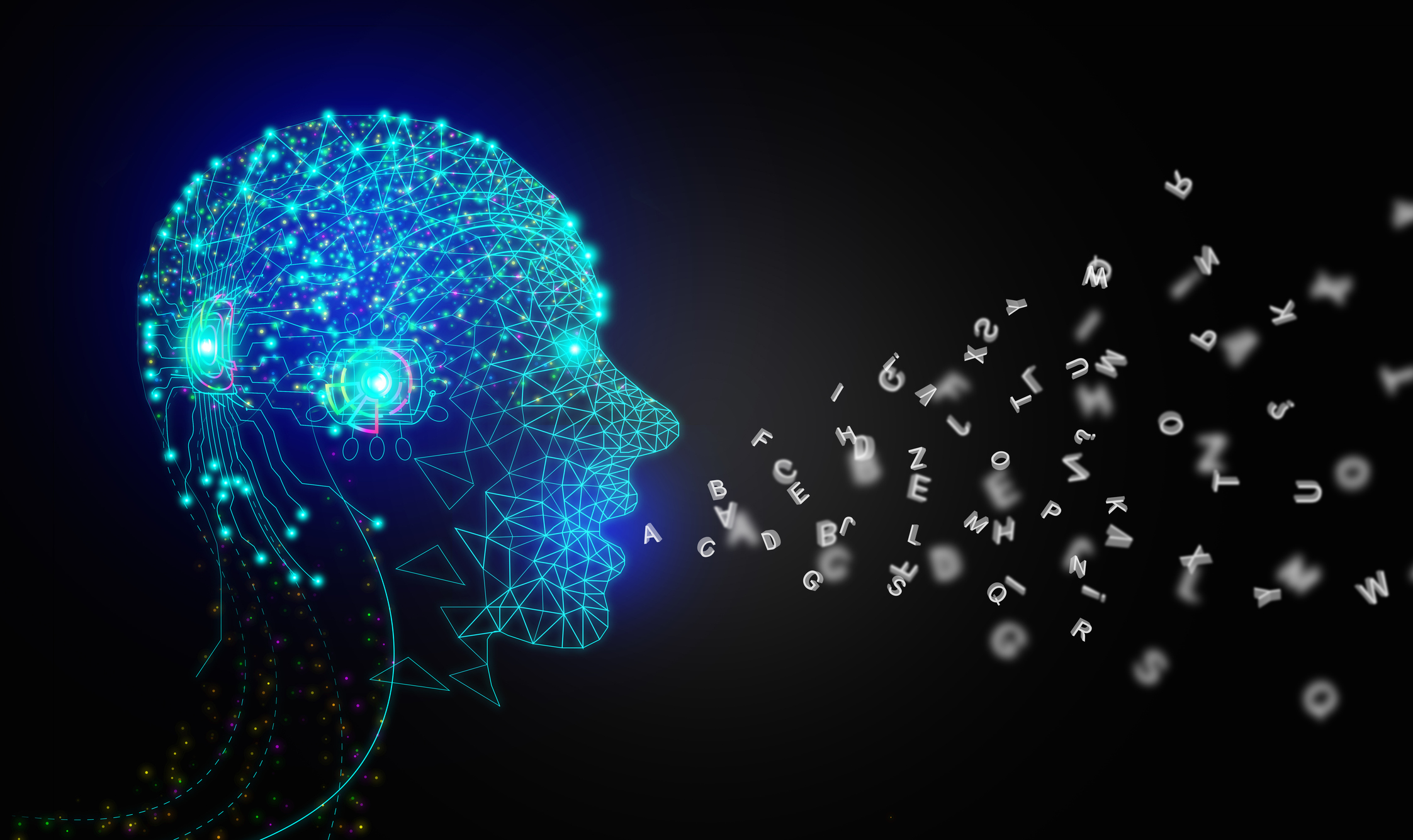China's infrastructure construction is in full swing, and international cooperation is being actively expanded. Against this backdrop, the accurate interpretation of engineering drawings has become a crucial aspect. The successful completion of a project cannot be separated from the precise interpretation of drawings, which has also led to an increasing demand for the translation of engineering drawings. So, what aspects should we pay attention to in the process of translating engineering drawings?
1.Deep Understanding of Drawing Structure and Terminology
Title Bar and Technical Details: A complete engineering drawing is usually equipped with a title bar and technical requirements or parameter descriptions. This section covers core information such as the drawing name, design unit, and date, which must be accurately translated without omissions.
Legend Interpretation: Whether it's a plan, elevation, or section drawing, they all come with corresponding legend explanations. During translation, it is essential to ensure that each symbol and abbreviation can be correctly interpreted and translated.
Dimension Markup: Engineering drawings contain numerous dimension markups, which are crucial for construction. Any minor errors can lead to serious consequences, so extreme caution is required during translation.
Terminology: Engineering drawings involve a vast amount of terminology, such as "elevation," "load," and "foundation beam." Translators need to be familiar with these terms to ensure translation accuracy.
2.Ensuring Translation Consistency
Terminology Unification: Maintaining term consistency throughout the project is crucial. For example, "beam" may have different meanings in different contexts (such as structural beam or light beam), so the appropriate vocabulary should be selected based on the context during translation.
Standardized Process: Establish a standardized translation process and continuously update and maintain a terminology glossary to ensure all translators follow the same standards.
3.Paying Attention to Detail and Clear Communication
Conciseness and Clarity: Engineering drawings are inherently precise and clear, and this style should be maintained as much as possible during translation. Avoid lengthy textual descriptions and ensure information is intuitive and readable.
Typography Norms: Considering the dense distribution of lines and graphics in drawings, text should be kept concise and to the point during translation. Meanwhile, ensure the correct use of grammar and punctuation to guarantee translation accuracy and fluency.
4.Utilizing Technical Tools to Assist Translation
Translation Software: Leveraging professional translation software can improve translation efficiency and consistency. For example, using CAD software to directly edit and translate within drawings reduces manual input errors.
Terminology Database Management: Establish and maintain a terminology database covering common engineering drawing terms and abbreviations for easy reference and use by translators.
In summary, drawing translation is a complex and important task that requires full consideration of professionalism, cultural differences, norms, and timeliness. Therefore, when translating engineering drawings, it is imperative to choose a professional, formal, and experienced translation company for cooperation.











